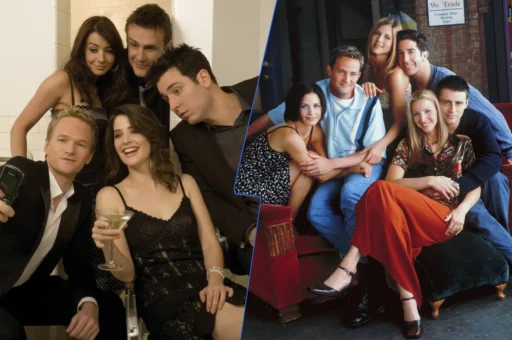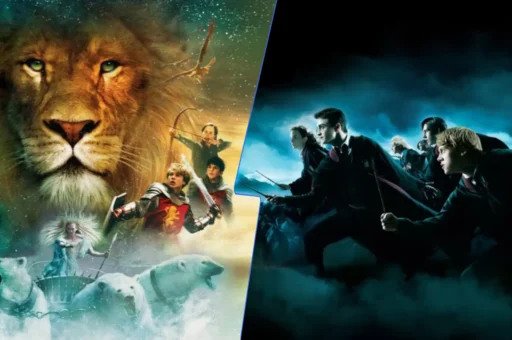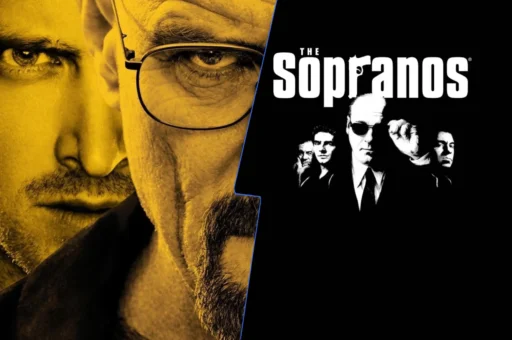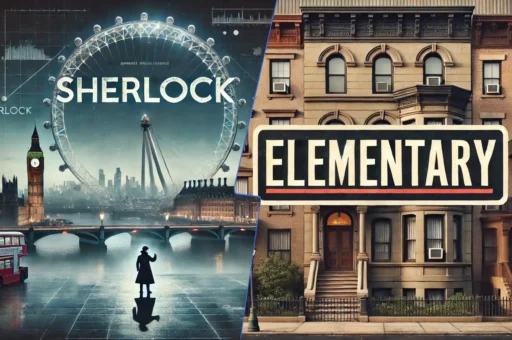The Star Wars saga has captivated audiences for decades, spawning multiple trilogies, spin-offs, and a vast expanded universe. Among these, the Original Trilogy (1977-1983) and the Sequel Trilogy (2015-2019) stand out as cornerstones of the franchise. This article delves into a detailed comparison of these two trilogies, analyzing their actors, themes, character development, narrative continuity, visual effects, and reception by fans and critics. We also explore the differences in storytelling, thematic elements, and cultural impact, providing a comprehensive overview of what makes each trilogy unique and why they resonate with audiences worldwide.
Introduction to the Trilogies
Original Trilogy
- Movies: “Star Wars: A New Hope” (1977), “The Empire Strikes Back” (1980), “Return of the Jedi” (1983)
- Director: George Lucas (ANH), Irvin Kershner (TESB), Richard Marquand (ROTJ)
- Box Office: $2.4 billion (adjusted for inflation)
- Critical Reception: Widely acclaimed, with high scores on Rotten Tomatoes (92-94%)
Sequel Trilogy
- Movies: “The Force Awakens” (2015), “The Last Jedi” (2017), “The Rise of Skywalker” (2019)
- Director: J.J. Abrams (TFA, TROS), Rian Johnson (TLJ)
- Box Office: $4.5 billion
- Critical Reception: Mixed to positive, with varying scores on Rotten Tomatoes (52-93%)
In-Depth Analysis
Original Trilogy
Actors
The Original Trilogy featured relatively unknown actors at the time, who would go on to become icons. Mark Hamill (Luke Skywalker), Carrie Fisher (Princess Leia), and Harrison Ford (Han Solo) delivered performances that cemented their places in cinematic history.
Themes
The themes of the Original Trilogy revolve around the classic battle between good and evil, the hero’s journey, and redemption. It also delves into familial relationships and the struggle for freedom against tyranny.
Character Development
Luke Skywalker’s transformation from a farm boy to a Jedi Knight is central, along with Han Solo’s evolution from a rogue smuggler to a committed Rebel leader. Princess Leia’s role as a leader and fighter also breaks stereotypes.
Narrative Continuity
The Original Trilogy has a clear narrative arc, starting with the Rebels’ fight against the Empire, Luke’s training, and culminating in the ultimate confrontation with Darth Vader and Emperor Palpatine.
Visual Effects
Groundbreaking for its time, the trilogy used practical effects, miniatures, and early computer-generated imagery (CGI). The visual effects were revolutionary, earning numerous awards and setting new standards in filmmaking.
Reception by Fans and Critics
The Original Trilogy is beloved by fans and critics alike, praised for its storytelling, character arcs, and innovative special effects. It holds a cherished place in pop culture.
Sequel Trilogy
Actors
The Sequel Trilogy introduced a new generation of characters while bringing back legacy characters. Daisy Ridley (Rey), John Boyega (Finn), and Adam Driver (Kylo Ren) led the new cast, with notable returns from Hamill, Fisher, and Ford.
Themes
Themes include identity, legacy, and the balance between darkness and light. The Sequel Trilogy also explores themes of hope, renewal, and the consequences of past actions.
Character Development
Rey’s journey from a scavenger to the last Jedi, Kylo Ren’s internal conflict and eventual redemption, and Finn’s growth from stormtrooper to resistance hero are key arcs. The development of legacy characters provides continuity.
Narrative Continuity
The narrative faced challenges with cohesion, particularly due to different directors’ visions. This led to some criticism about the lack of a unified storyline, though individual character arcs were often praised.
Visual Effects
Advancements in CGI and practical effects allowed the Sequel Trilogy to create visually stunning worlds and action sequences. The use of real sets, enhanced by digital effects, provided a visually immersive experience.
Reception by Fans and Critics
The reception of the Sequel Trilogy has been mixed. “The Force Awakens” was lauded for reviving the franchise, while “The Last Jedi” polarized audiences with its bold choices. “The Rise of Skywalker” received mixed reviews for its attempt to conclude the saga.
Comparison
Storytelling and Themes
The Original Trilogy’s storytelling is more straightforward, following a classic hero’s journey and a clear moral dichotomy. The Sequel Trilogy attempts more complex themes and character explorations but sometimes struggles with narrative cohesion.
Character Development
Both trilogies excel in character development, though the Original Trilogy benefits from a tighter narrative. The Sequel Trilogy’s character arcs are ambitious, particularly with Rey and Kylo Ren, but the execution is uneven due to shifting creative directions.
Visual Effects
The Sequel Trilogy undeniably benefits from modern technology, delivering breathtaking visuals. However, the practical effects and groundbreaking techniques of the Original Trilogy hold a nostalgic charm and historical significance.
Reception and Cultural Impact
The Original Trilogy set the foundation for modern blockbuster cinema and has a lasting cultural impact. The Sequel Trilogy, while commercially successful and impactful in its own right, remains more divisive among the fanbase.
Viewership and Box Office
- Original Trilogy: Approximately $2.4 billion (adjusted for inflation), considered a cultural milestone.
- Sequel Trilogy: Approximately $4.5 billion, benefitting from modern marketing and global distribution.
Conclusion
Both the Original and Sequel Trilogies of Star Wars have their unique strengths and weaknesses. The Original Trilogy is revered for its pioneering storytelling and lasting cultural influence, while the Sequel Trilogy shines with modern visual effects and fresh themes. Each trilogy resonates differently with audiences, reflecting the evolution of filmmaking and storytelling over the decades. Ultimately, both trilogies contribute to the enduring legacy of Star Wars, captivating new and old fans alike.
Share Your Thoughts
Have you watched both the Original and Sequel Trilogies? What are your thoughts on the differences between them? Which trilogy do you prefer, and why? Share your opinions in the comments below and join the conversation on social media. May the Force be with you!





